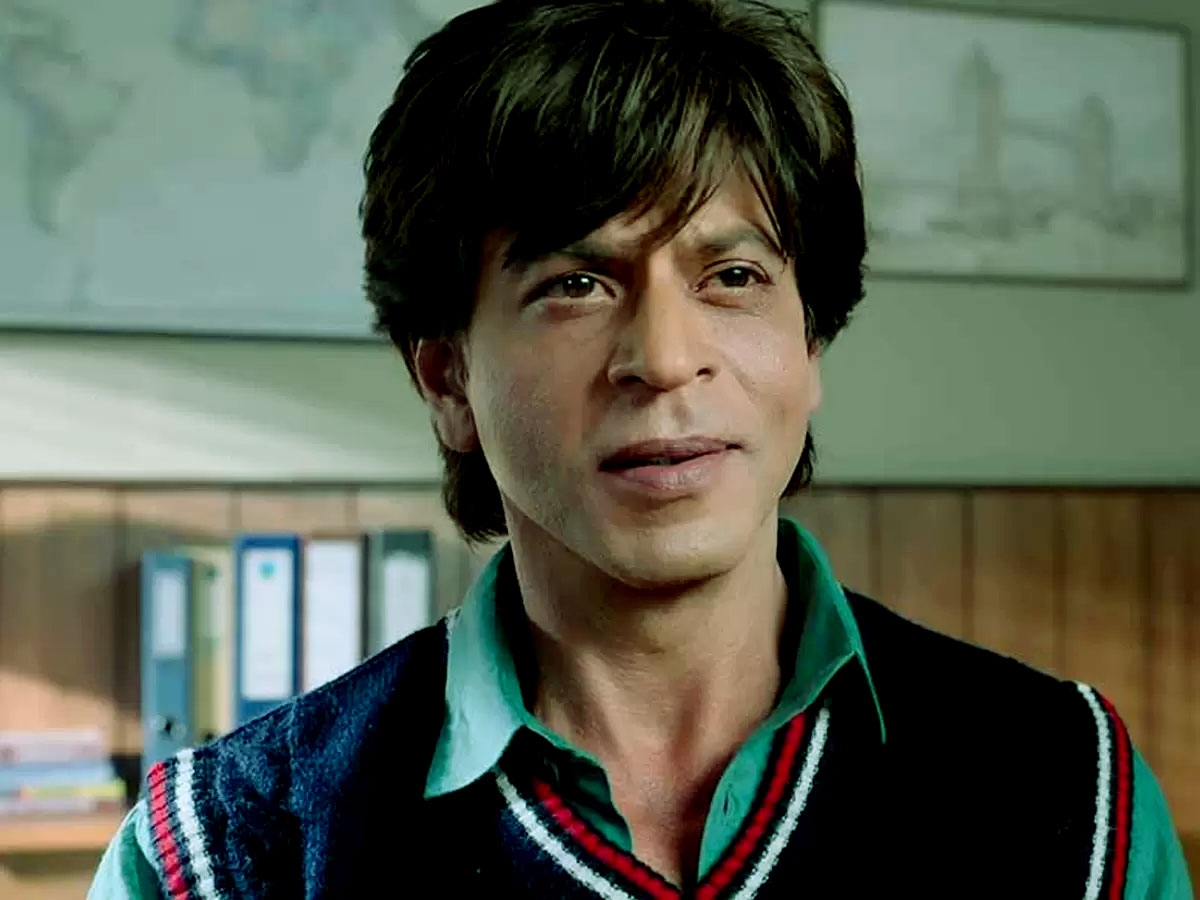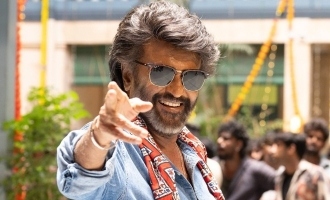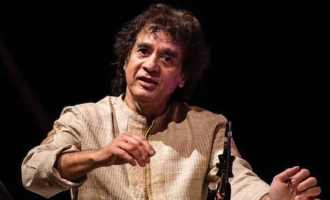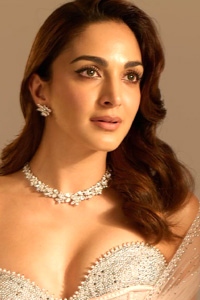De-Aging: A Technological Chameleon in Film


Send us your feedback to audioarticles@vaarta.com



De-aging technology has become a transformative force in cinema, blurring the lines of age and unlocking new storytelling possibilities. Fueled by advancements in artificial intelligence, this technology allows filmmakers to seamlessly blend a youthful visage onto seasoned actors, enabling them to portray characters across diverse timelines. While de-aging offers a captivating toolbox for crafting compelling narratives, it remains a double-edged sword, demanding careful consideration to unlock its full potential.

Unlocking Narrative Potential: A Playground for Character Arcs
De-aging opens doors to rich narratives that were previously limited by physical constraints. Veteran actors, like the ever-charming Shah Rukh Khan in "Paan," can now convincingly embody their younger selves, adding depth and dimension to character development. This eliminates the need for multiple actors for a single character, allowing for a more cohesive portrayal throughout a film. Additionally, de-aging can breathe new life into classic films. Imagine a reimagined "Casablanca" where Humphrey Bogart grapples with wartime dilemmas through a youthful lens, all thanks to the magic of de-aging. This technology offers a unique opportunity to refresh beloved classics for modern audiences, potentially sparking renewed interest and appreciation for timeless stories.

Navigating the Uncanny Valley: The Balancing Act of Authenticity
However, the power of de-aging comes with its own set of challenges. The effectiveness of the technology hinges heavily on two crucial factors: the actor and the application itself. A poorly executed de-aging attempt, as seen in "Goat," can create a jarring effect known as the "uncanny valley," where the youthful appearance appears unsettlingly artificial. This underscores the importance of meticulously considering an actor's natural features and how they translate into a younger version. A skilled de-aging artist must be able to maintain the essence of the actor's face while subtly manipulating features to achieve a believable youthful appearance. Additionally, the de-aging must seamlessly blend with the film's overall aesthetic. Imagine a historical drama where a de-aged protagonist stands out like a sore thumb against the backdrop of meticulously recreated period details. This highlights the need for a cohesive visual style that integrates the de-aging effect organically.

The Rajinikanth Effect: A Case Study in Mastering the Art
De-aging can be a godsend for actors like the legendary Rajinikanth. His screen presence and charisma remain unparalleled, even at his age. De-aging technology allows him to continue captivating audiences with younger characters, without compromising his signature charm. His upcoming film "Vetteyan" serves as a testament to the transformative power of de-aging when applied masterfully. The promotional material showcases a Rajinikanth who appears convincingly youthful, ready to embark on new cinematic adventures. This case study exemplifies how de-aging, when used strategically, can enhance an actor's career and breathe fresh life into their on-screen persona.
The Final Take: A Powerful Tool, Used Responsibly
De-aging technology presents a powerful tool for filmmakers, but it demands responsible use. The success of de-aging hinges on its seamless integration with the actor's performance, the film's style, and audience expectations. When wielded skillfully, de-aging can elevate storytelling by allowing actors to transcend age limitations and explore diverse characters. However, when misused, it can create an unsettling and distracting experience for viewers. Ultimately, de-aging is a technological chameleon that can enhance or detract from a film depending on its application. The responsibility lies with filmmakers to leverage this technology thoughtfully, ensuring that it serves the narrative and resonates with the audience.
Follow us on Google News and stay updated with the latest!
-

Devan Karthik
Contact at support@indiaglitz.com




 Follow
Follow










































-7c2.jpg)



















Comments